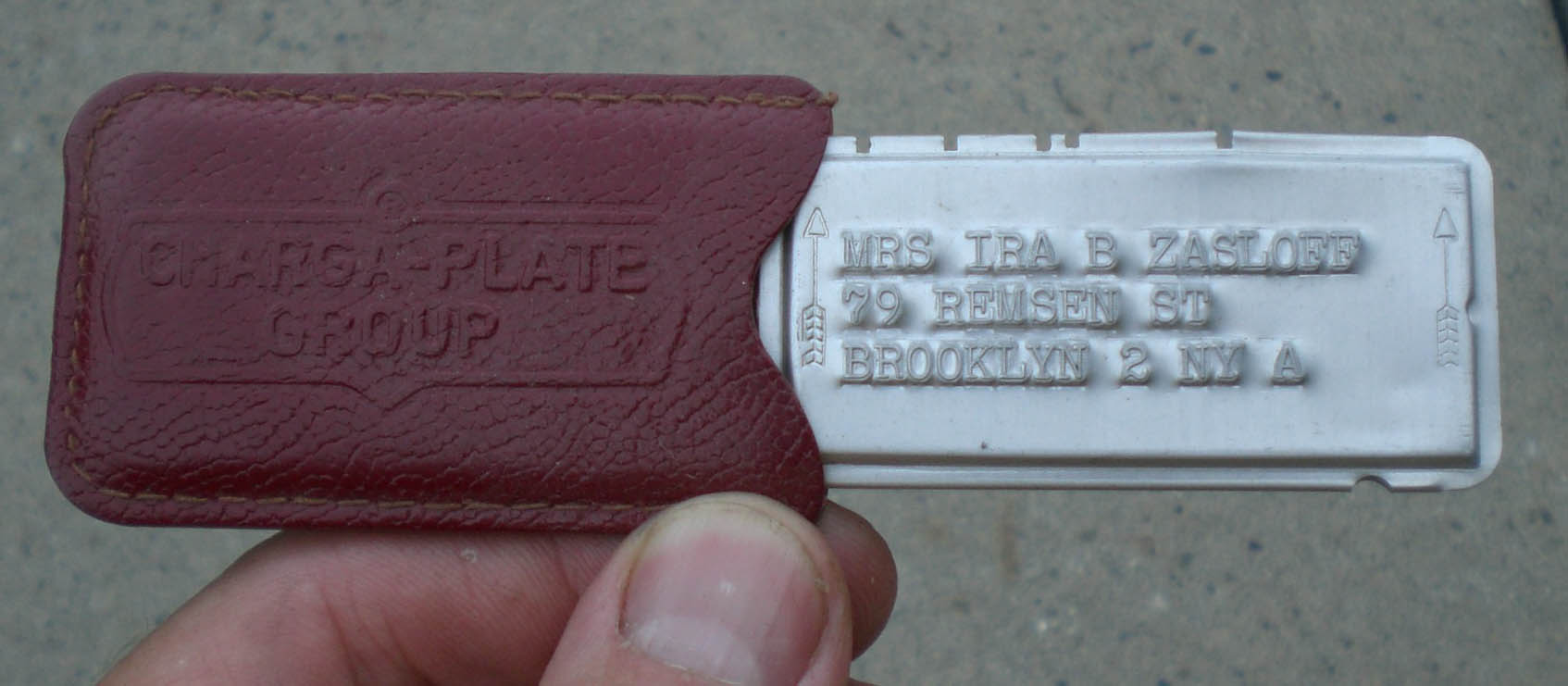A brief passage about the history of the shopping cart, from a New York Times Magazine piece by Hilary Greenbaum and Dana Rubinstein:
“One night in 1936, [Sylvan] Goldman had an epiphany. ‘As he worked late in his office, his attention was drawn to two ordinary folding chairs,’ wrote Terry P. Wilson in The Cart That Changed the World, the seminal Goldman biography, published in 1978. What if, he wondered, one chair was placed on top of another? What if a basket was placed on top of each seat? What if it had wheels? The modern shopping cart was born.
Widely considered the inventor of the shopping cart, Goldman was no slouch as a promoter either. He ran ads in local newspapers that read, in part, ‘Can you imagine wending your way through a spacious food market without having to carry a cumbersome shopping basket on your arm?’ He stationed what he described as ‘an attractive girl’ near his store entrance to hype the new device. When it became clear that only the elderly were interested, he employed actors to push carts through his aisles.”
••••••••••
In addition to customers, actors sometimes portray fictional, folksy CEOs. If things had broken differently, these people could have been cast as horse trainers or secret agents or bank robbers. It’s just a costume.
Colonel Harlan Sanders:
Bartles & Jaymes :
Betty Crocker:


